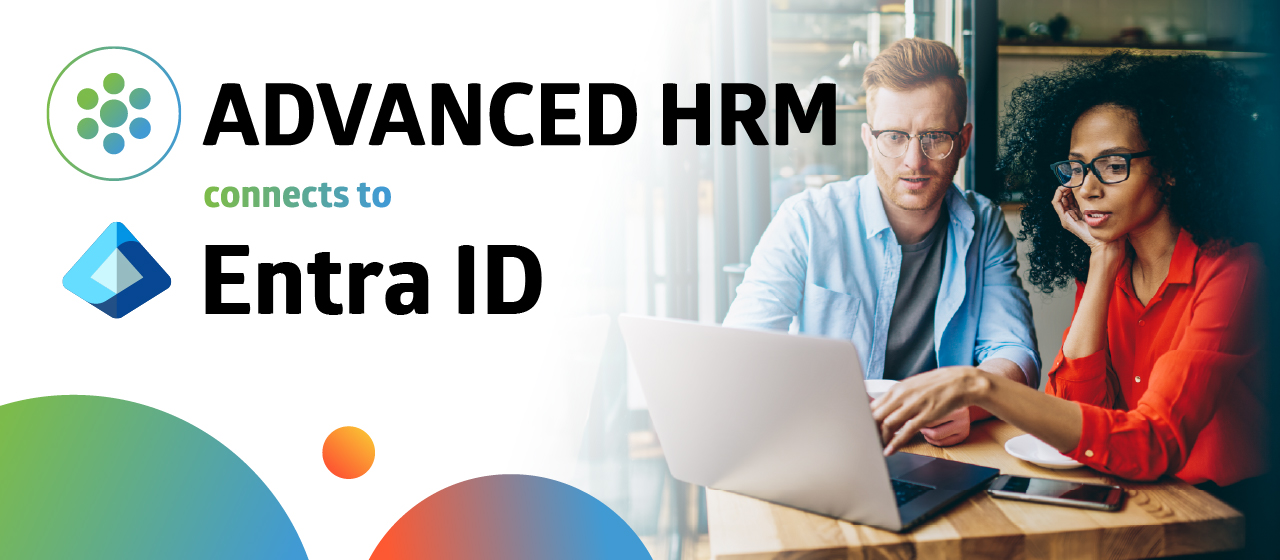Offboarding is critical to positive employee experience. Here’s how you can streamline it with our FREE employee offboarding checklist.
Employee Offboarding Checklist
Get your free Offboarding Checklist Template
Why is a good Offboarding important?
Great offboarding consists of more than just the termination of an employee’s contract. It’s the final stage of your employee lifecycle, and how you handle it will define your employer brand and retention rates.
What are the key components of Offboarding?
- Communication and compliance
- Knowledge transfer- and retention
- Recovery of company assets
- Systems- and accounts security
- Exit interviews
- Organizing the farewell
What does a proper Offboarding process look like?
There are generally three reasons to offboard an employee: by resignation, a dismissal (or layoff) or retirement. Each scenario might require a slightly different approach, which will result in a different checklist of tasks. This guide provides a general approach which can be easily tailored to fit your organization’s needs.
1. Communication is key
Communicating resignation is an employee’s responsibility. But for the company, clear and timely communication of employee’s departure is also important. It helps to manage uncertainty, allows managers and other colleagues to prepare and hire a replacement. With the right recruitment and succession planning tools, part of this process can be automated.
Offboarding communication usually involves:
- Aligning the employee, managers and the HR- and IT department;
- Calling the employee for details;
- Notifying the payroll provider;
- Announcing the employee’s department to the company;
2. Handling the paperwork
Paperwork is crucial for correct resignation processing. It’s important to make sure that all documents are handled and discussed with your leaving employee before their last working day.
Offboarding usually requires filing or updating various paperwork:
- An official letter of resignation and exit form;
- Departure arrangements: like the date of the last paycheck, health insurance information, lease contracts, etc.;
- Leave, holidays, and payroll related documents;
- The employee’s learning trajectories, certificates, or in case of an involuntary departure – collecting a log of events that lead up to the dismissal;
- Other settlements like updating the organizational charts.
Explore our document management solution that offers a central place to store and manage all the HR documents.
3. Knowledge transfer- and retention
Retaining knowledge in your organization is essential for smooth business operations. It’s also mandatory for a successor to be trained, preferably before your resigning employee leaves.
Examples of attributes that can be part of the handover:
- Daily routine, regular tasks. Prioritized with instructions if needed;
- Outstanding tasks and projects the employee is working on;
- Files, dossiers and document templates;
- Contacts, both inside and outside the organization;
- Useful sources of information the employee utilizes;
- Assign the employee as a buddy to train their successor during their last week(s).
4. Exit interview(s)
Exit interview is your chance to gather insights on improving your employee experience and detect what is going wrong in your team/department/organization. Here’re several basic questions to ask during your offboarding interview:
- What about their job worked well and what did not?
- Did the employee have enough resources and support to do their job effectively?
- Were the employee’s responsibilities and working load well divided among coworkers?
- What are the employee’s thoughts of managers, colleagues and business processes?
- Was there anything your organization could have done to make them stay?
5. Company assets recovery
Make sure you receive all company assets nicely and on time. In most HR solutions, assets can be allocated to an employee, which makes it easy to see which assets are to be recovered. Think of a laptop, phone, keys, credit cards, lease vehicle, working equipment, etc.
6. Revoke access to systems and accounts
To avoid security breaches, it is important to revoke the departing employee’s access to sensitive company systems. This includes:
- IT permissions and access (Email, file sharing platforms, tools specific to your company);
- External accounts (depending on the role);
- Reset shared passwords (even in 2021, departments tend to have those!).
7. Disembark in style
If the departing employee is up to it, organize an informal event for them and their colleagues. If your organization wants to go the extra mile, consider writing a recommendation letter for future reference, or writing a recommendation on their LinkedIn page or website.
Onboarding task automation with the Boarding Web App
FourVision’s Boarding Web App for Microsoft Dynamics 365 HR and F&O supports Onboarding, Offboarding and Cross-boarding. It allows you to assign offboarding tasks to stakeholders and departments with offboarding templates in Dynamics 365. This Web App can automatically cross off items on your checklist and notify assigned employees upon completion.
Employee Offboarding Checklist
Get your free Offboarding Checklist Template
Want to learn more about offboarding? Explore our resources:
The benefits of a good Offboarding →
How to structure your Offboarding process →




